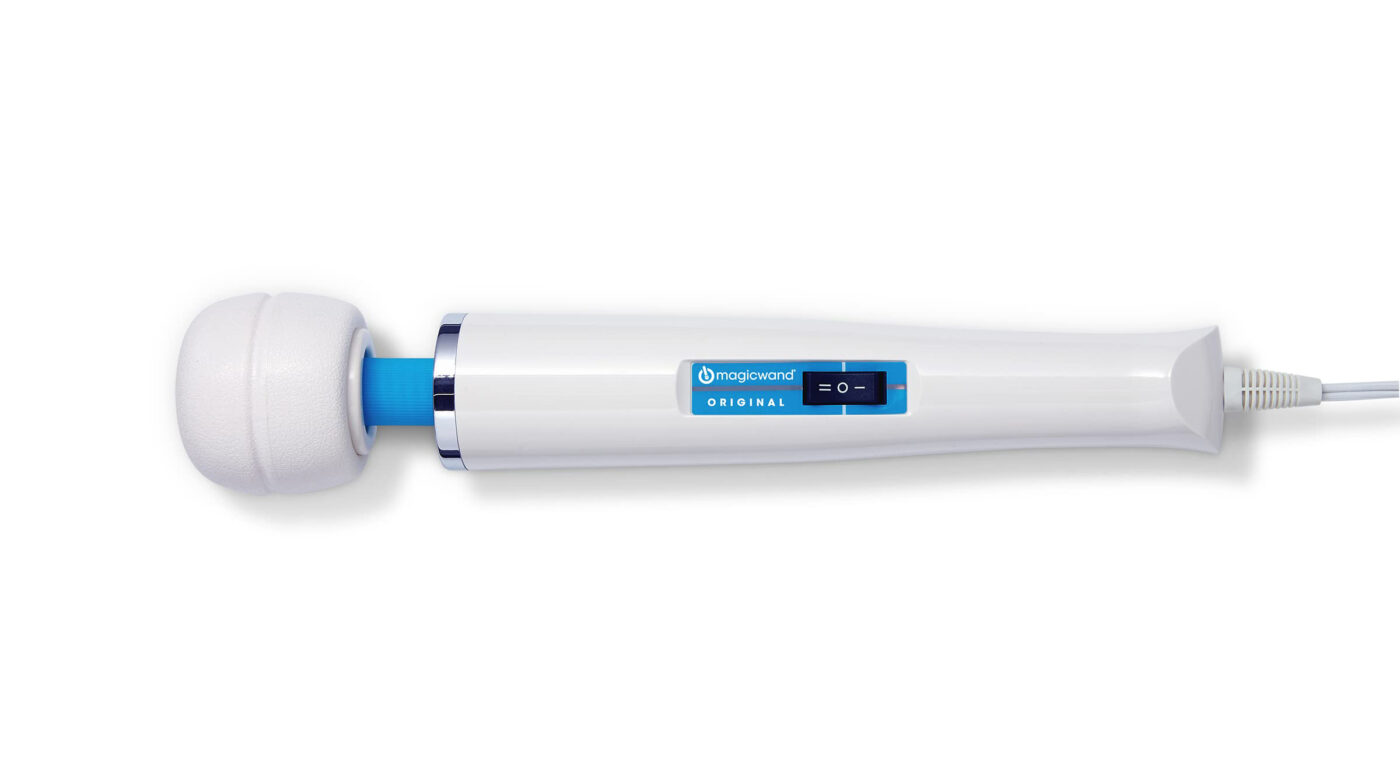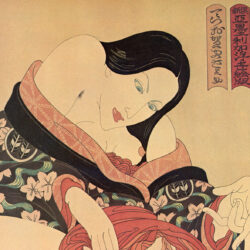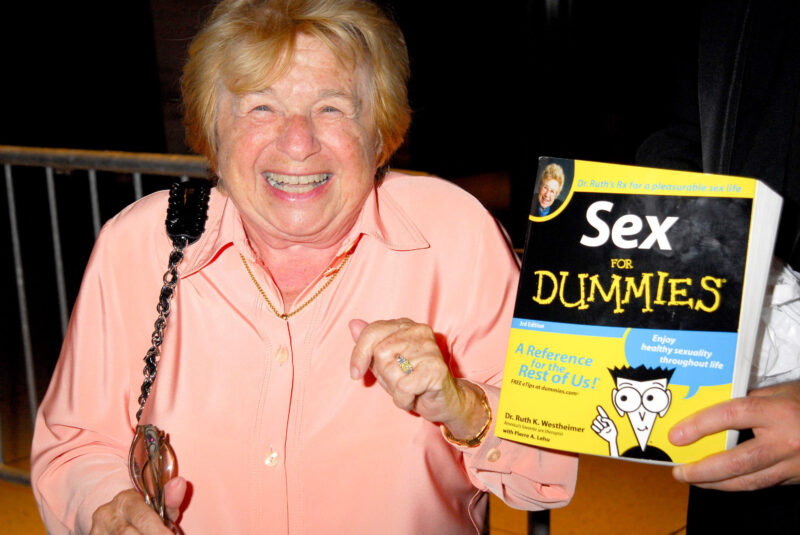The year was 1968, and the entire world was in the throes of revolution. Protests were taking over college campuses, leftist counter-culture was flourishing, and marginalized groups were using megaphones to speak out against oppression, including sex-positive women tired of adhering to conservative values and traditional gender expectations. And with sexual liberation being a core tenet of a larger feminist movement, it was the perfect year for Japanese consumer goods giant Hitachi to introduce what would become the most important and recognizable vibrator of all time: The Magic Wand.
For nearly six decades, the “Cadillac of Vibrators” has occupied a special place in the American imagination and sex history. With its tapered handle, rumbling motor, and bulb-shaped head, the Magic Wand has become synonymous with female masturbation, with glowing magazine reviews and a spot above the iPhone and Sony Walkman on TIME’s list of the 50 Most Influential Gadgets of All Time. It’s made cameos in British period pieces, been the subject of an adult comic strip, and inspired one of television’s most memorable scenes with Sex and the City. And this is all in addition to becoming a go-to recommendation for sex therapists and one of the most popular tools for scientists studying chronic anorgasmia.
But the story behind its rise to prominence and the fight to keep it on shelves is almost as engrossing as Samantha Jones becoming Sharper Image’s new sex guru, especially given that the Magic Wand’s use as a vibrator has been treated like an open secret since 1968. Billed as an electric body massager, it’s long been marketed as a way to alleviate bodily tension and sore muscles, with its alternative function never being officially acknowledged by Hitachi itself. Rather, it was sex educator Betty Dodson who popularized its use as a vibrator in the early ‘70s at her popular Body/Sex workshops, while teaching women about masturbation and embracing self-pleasure.
“Back then, a lot of women would be expected to just have sex that their husbands wanted to have, even if it didn’t give them any pleasure,” journalist, sex toy reviewer, and Making Magic podcast host Kate Sloan said. “So, a big part of [Dodson’s] message was that it’s okay to want pleasure. You deserve to feel it.”
As a result, the Body/Sex founder began recommending the Magic Wand due to its ability to produce deep vibrations and creation of prolonged sexual stimulation without irritating the sensitive vulvic tissue. But according to Sloan, Dodson’s philosophy on masturbation was about more than just physical pleasure, it was also about addressing the emotional isolation that comes with “knowing another person is experiencing so much pleasure with your body” without any reciprocation.
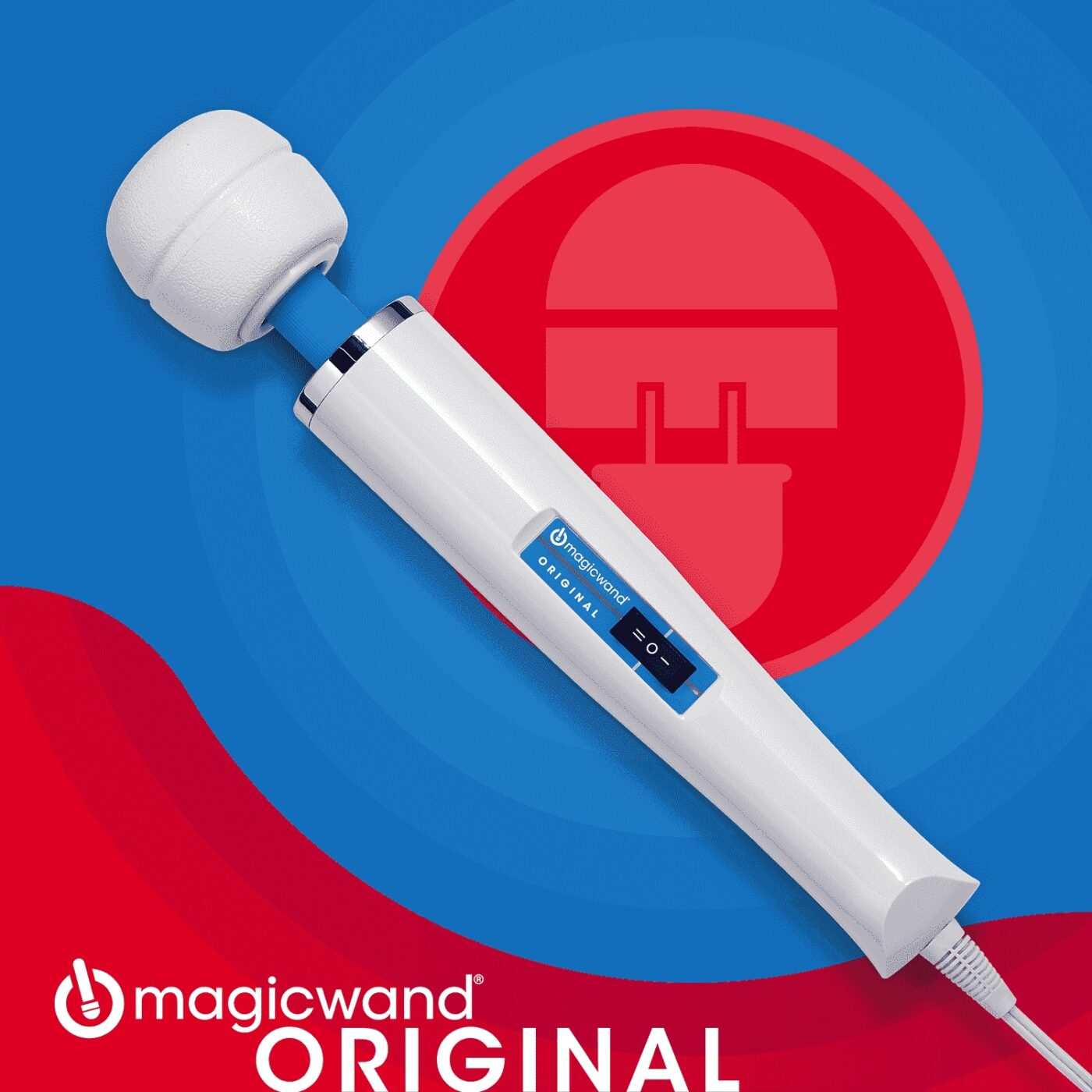
MagicWand Original.
“So, the Wand really symbolizes women taking control of their own pleasure with this object during this time period,” Sloan said. “It’s not meant to be sexually appealing to a man they’re with. It’s like, ‘I don’t care how big and loud this thing is. It’s what gives me pleasure, so I’m gonna use it and like it.’”
That said, shame and self-pleasure are so closely intertwined when it comes to women’s self-pleasure, to the point where Dodson wrote about struggling with this issue. It’s possible that the Magic Wand was also appealing, because it let women more comfortably “reject the expectations to be passive” by purchasing a product that was sold in a “shame-free environment like a department store,” per sex educator Sarah Tomchessen, who’s the director of marketing for the Magic Wand’s current U.S. distributor, Vibratex.
But as the Wand quickly grew in notoriety, the same social issues began to resurface. Take the story of one Body/Sex attendee named Dell Williams, who Sloan said was famously shamed by a male sales associate for buying a Wand. Granted, this confrontation ended up serving as the inciting incident for the creation of Eve’s Garden in 1974, the first feminist sex shop in America and a place where women could purchase a Magic Wand sans judgment.
For the next two decades, the Magic Wand’s dual purpose continued to remain an unspoken open secret, which Hitachi was more than happy to go along with. Around the ‘90s and early aughts, however, a combination of cultural stigma and manufacturing trends meant Hitachi began to worry about its body massager’s reputation potentially affecting their greater consumer appliances business.
“It raised concerns that the wand could cast a shadow on the kitchen and home appliances,” Vibratex owner and CFO Dan Martin said, while explaining that Hitachi was struggling to regain its North American market share amid Chinese manufacturers flooding shelves with cheaper products. As a result, Hitachi briefly took the Wand off shelves around 2000, creating mass panic among millions of orgasm-seekers, some of whom began purchasing entire pallets of the beloved personal massager as supplies began to dwindle.
At this point, Vibratex — a family-owned company founded by Harold and Suzi Spielberg in 1983 — was presented with an incredible opportunity. After years of working with manufacturers based in Suzi’s home country of Japan, the Spielbergs along with Martin and their daughter — current Vibratex president Shay Martin — were uniquely positioned to approach Hitachi about being the Wand’s exclusive U.S. distributor. So, following several months of negotiation, they finally closed the deal.
“There was a synergy that was hard to deny,” Martin recalled. “We were always clear and direct that our interest and our expertise lie with the distribution and marketing of Magic Wand and we were able to deliver on that promise.”
What followed was the introduction of several new models of the original two-speed Wand, including the introduction of a body-safe silicone head, a wireless rechargeable version, and a miniature travel-sized toy. In 2012, the company also initiated an entire rebrand, where Hitachi was able to completely remove itself from the name, meaning the product is now known simply as “the Magic Wand.”
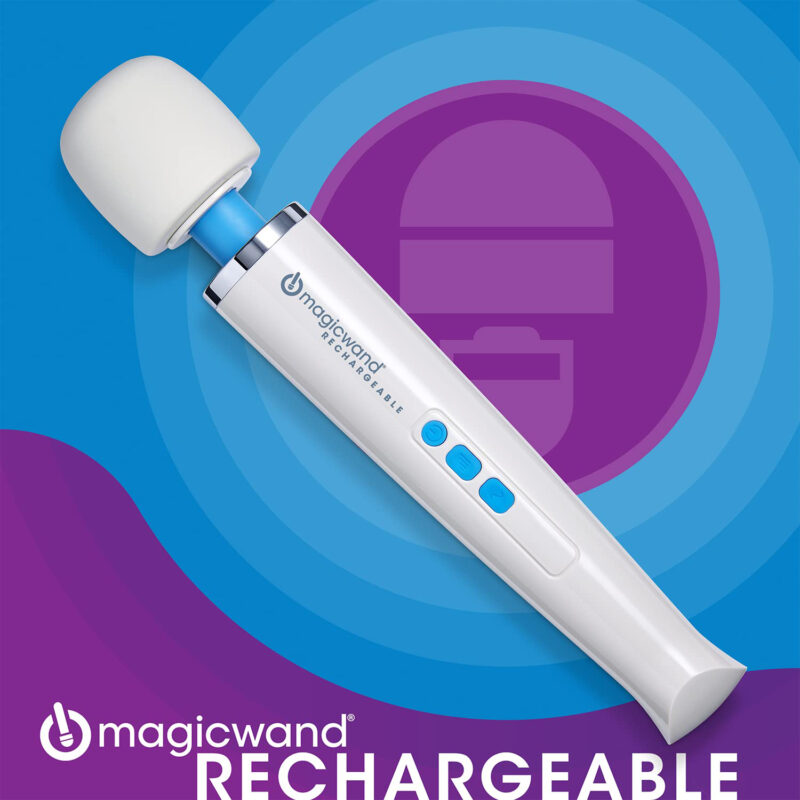
MagicWand Rechargeable.
Even so, Tomchessen said that Vibratex still receives feedback from die-hards that swear by the original design, tech-savvy users who’ve taken to modifying the original machinery, as well as the folks who wonder why they haven’t “adopted some of the look and feel of contemporary sex toy designs.”
“I think something that’s worked in the Magic Wand’s benefit is that it is a beloved constant, where very little has changed about the design since 1968,” Tomchessen said.
“I don’t know if you found this product in your mother’s drawer, but a lot of us did, and so it has this familiarity and trust. There’s this excessive accessibility,” she continued, which Sloan echoed by saying that “a lot of toys now are very gimmicky, with all of these bells and whistles.”
“I’m always telling companies in my reviews to pare things down. Just get the basics right,” she said before adding, “And I think that the Magic Wand is like the greatest example of how that’s done.”

